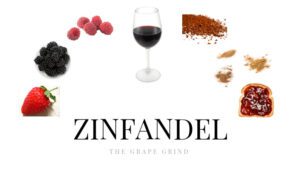
Zinfandel
Make 2026 THE year.
Take 10% OFF your first 12 months of Tasting Group!
Code:

Chenin Blanc is a fantastic white varietal that can be made into many styles, from dry, to sweet, to sparkling! It is very versatile, but doesn’t always get the attention it deserves. The grape originated in the Loire Valley of France (a region north of Bordeaux) and some of the best examples are found here. Once the leading grape in California (it was more popular than Chardonnay at one point) Chenin was perceived as less than quality, due to being used in bulk wines but is making quite the comeback. It’s an expressive variety, with good body, great acidity, and lively flavors.
The following guide will illustrate what Chenin Blanc tastes like (aroma, flavor, and structure). It will also tell you where it’s from, provide you with common food recommendations, top producers, similar varieties, and let you know why you should be drinking more of it!
Chenin Blanc is a lively wine! It has a lot of fruit flavor, but also a great amount of acidity that allows it to shine when paired with certain foods (or on its own)!
Chenin Blanc is a fresh wine. You will often notice floral aromas and tastes, as well as hints of minerality. It’s a wine that will keep you sipping!
Chenin Blanc (like Chardonnay) is very versatile. It can be grown almost anywhere, and because it is so neutral, it will absorb and convey the flavors of the land/area where it’s grown.
STANDARD TASTING NOTES: These are your benchmark exam-style tasting notes.
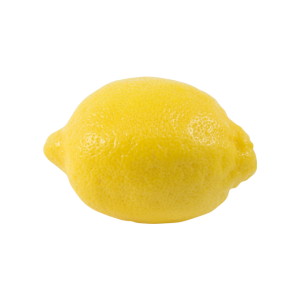
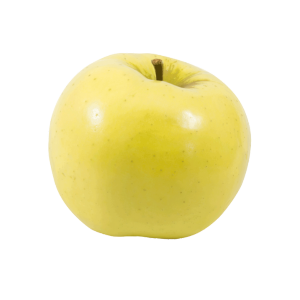



ALTERNATIVE TASTING NOTES: Notes based on personal experience; fun, memorable, and less “by the book.”
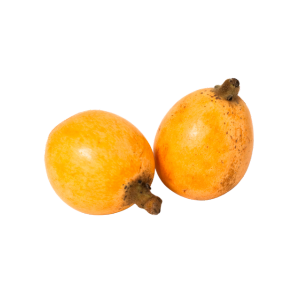
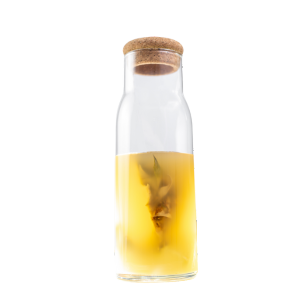
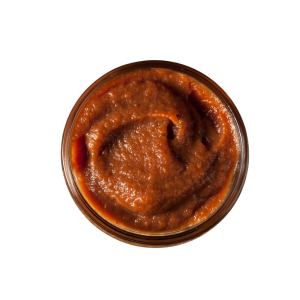
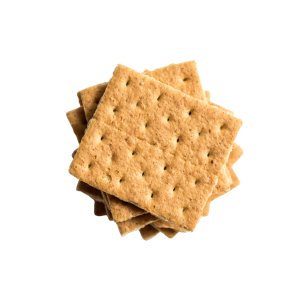
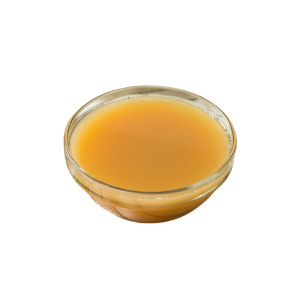

The condition of fruit in Chenin is often bruised, which is a defining characteristic of this variety.
Remember, wine tastes are somewhat relative. There may be some different tasting notes you consistently find while drinking Chenin Blanc.
There is no “one size fits all” when it comes to structure for every grape, however, there IS a general range when it comes to body, acid, alcohol, and tannin for each. Below are general guidelines for classic representations. Growing conditions and winemaking techniques can impact each of the following.
Think of that weight as a liquid scale, from water (light body) to heavy cream (full body) in your mouth. Chenin Blanc can be light or full-bodied, but typically falls in the middle.

You can judge acidity based on whether your mouth waters after you take a sip of something. The more you salivate, the higher the acid. Chenin Blanc is known for great acidity. Sometimes this borders on high.

You can feel alcohol ‘burn’ the back of your throat when you take a sip. Chenin Blanc can have various levels of alcohol, but it’s generally balanced.


Primarily in The Loire Valley
Chenin Blanc originated in the Loire Valley. If you have never tried Chenin from here, you need to! This is where you will find the greatest expressions of this grape. It is most age-worthy here. The styles will vary depending on the sub-region.
Chenin Blanc from Savenierres will be the dryest expressions with bracing acidity, but also a richer viscous body and subtle honeyed notes.
Chenin Blanc from Vouvray can be dry or sweet (sweet or off-dry styles are easier to find, especially at grocery stores). These wines are often softer in body and acid and showcase fruitier flavors and less minerality. They are friendly wines.
Bonnezeaux and Quarts de Chaume are dessert wine regions in Anjou. These wines have some of the highest residual sugar levels of any wine in the world. They are made with grapes with botrytis (noble rot) that give the wine a nutty aroma and richly honeyed notes.
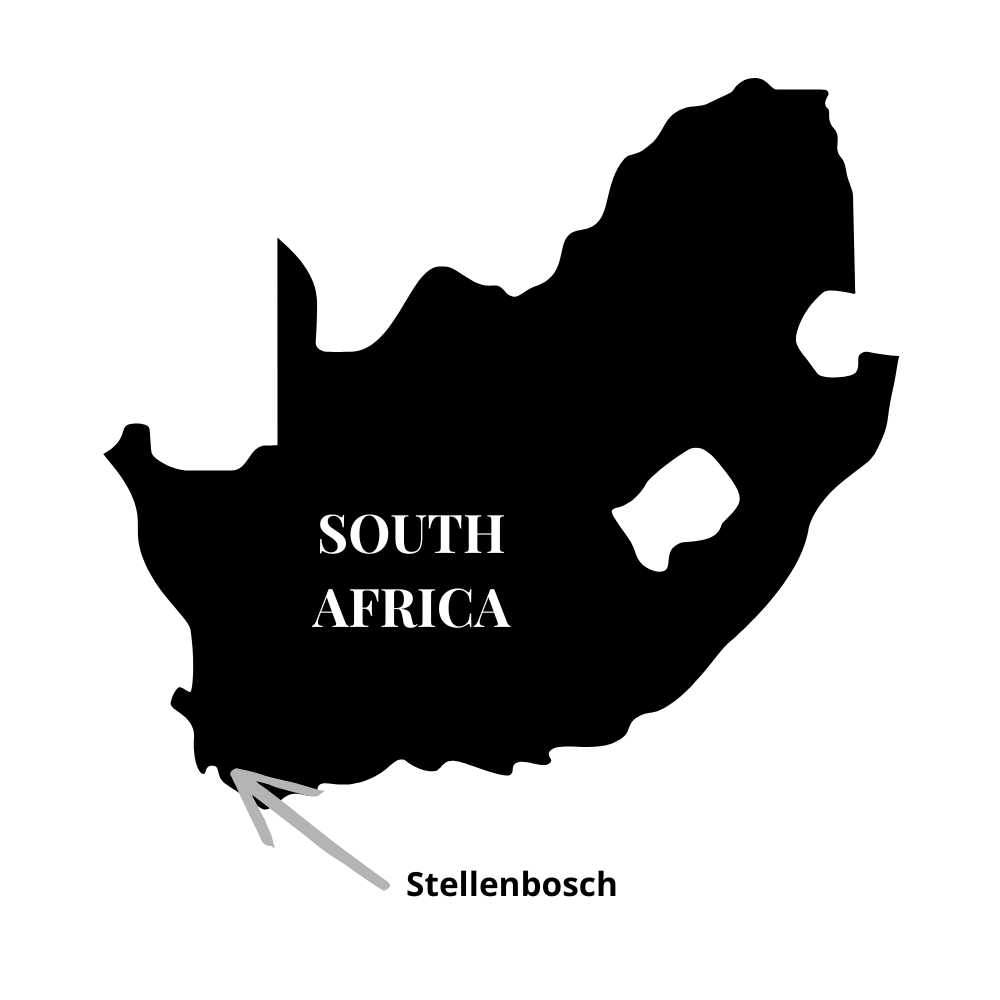
Chenin Blanc was brought over to South Africa from France. The grape shined here and as the region grew, it quickly became the most well-known. Now, South Africa is one of the largest producers of Chenin Blanc in the world! Chenin Blanc from South Africa will have similar apple notes, but way more tropical fruit flavors (pineapple, mango, banana) than wines from France! You can also find these wines at a very affordable price. They are delicious and a great value.
You can also find wonderful Chenin Blanc from the USA, Canada, New Zealand, and Argentina.

The Loire Valley is home to some of the most popular styles of goat cheese. Chenin Blanc’s bracing acidity cuts through this often creamy, sharp-tasting cheese. This will leave a fantastic lasting rich taste in your mouth. Herbed goat cheese is highly recommended.
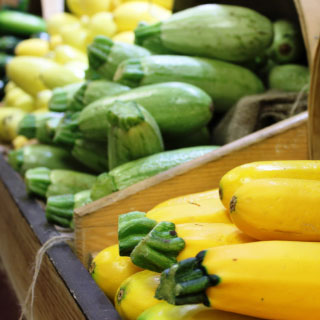
Chenin Blanc has a bruised fruit quality that complements zucchini, squash, and even pumpkin perfectly. It’s a medium-bodied wine with food pairing acidity. Because of this, it goes well with a lot of squash casseroles. The sweeter styles are even fantastic with pumpkin pie. A fantastic fall food wine.

Chenin Blanc typically has a little more body than most white wines. Because of this, it can hold up to heavier white meats such as chicken and turkey (sometimes even pork chop). Roasting the chicken and adding some herbs will complement the wine even more!
(common confusions)
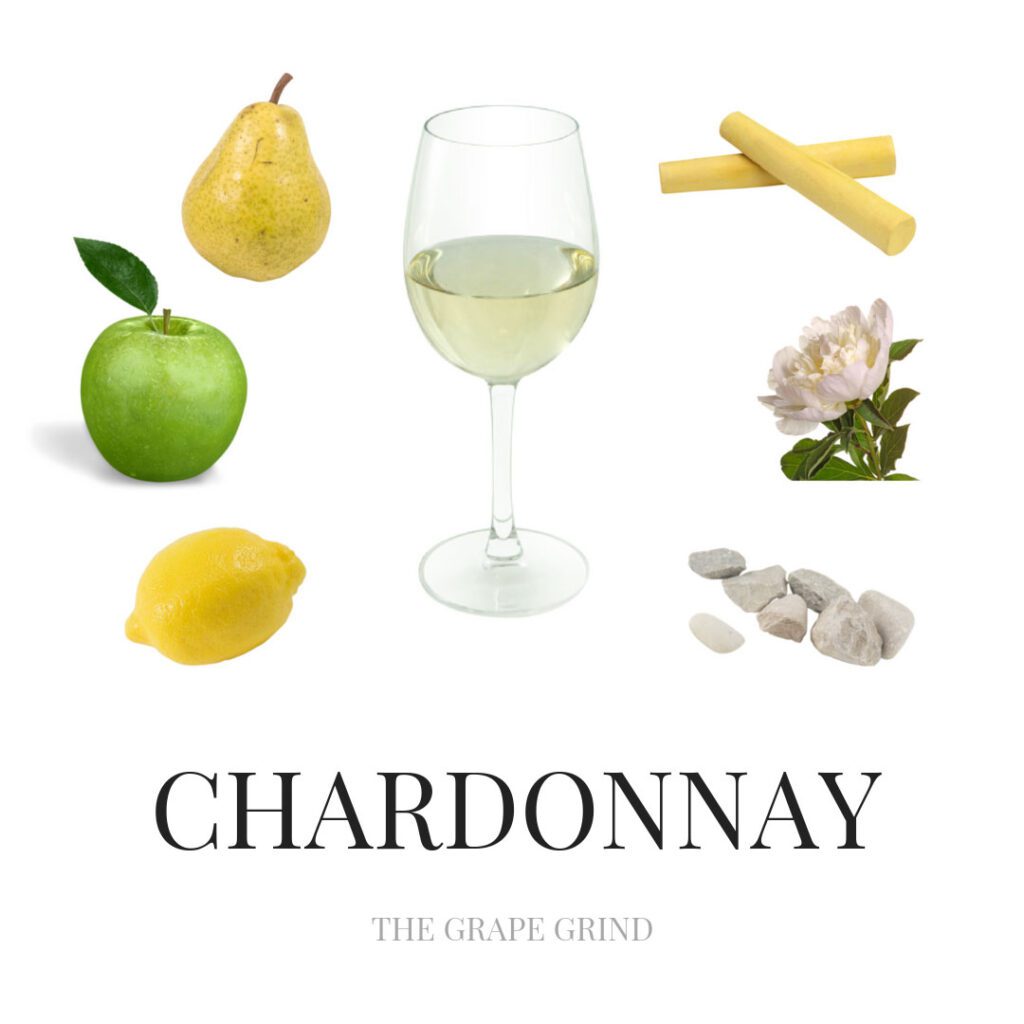


↑ Wine.com is an affiliate partner. We earn a small referral commission at no extra cost to you!. I will never recommend anything that isn’t valuable or useful in my wine study journey, or something I have no experience with. I hope these products/resources are equally helpful in your wine journey.
No matter your current skill level, we can help you improve – pass that exam, share your wine knowledge with others, guide your buyers, enhance your guests’ experience, and show up with confidence and credibility as a wine professional!
Feeling overwhelmed by everything there is to study in wine?
Struggling to stay consistent with tasting, or make it feel purposeful?
Craving connection with others who get what you’re working toward?
Let’s make studying wine less overwhelming, more consistent, and fully enjoyable!
Enter your email below to join our wine newsletter, where we share expert tips, study tools, tasting insights, and updates to support you on your wine journey!
By submitting, you are consenting to receive marketing emails from The Grape Grind. You can unsubscribe at any time.
Want to get better at tasting wine?